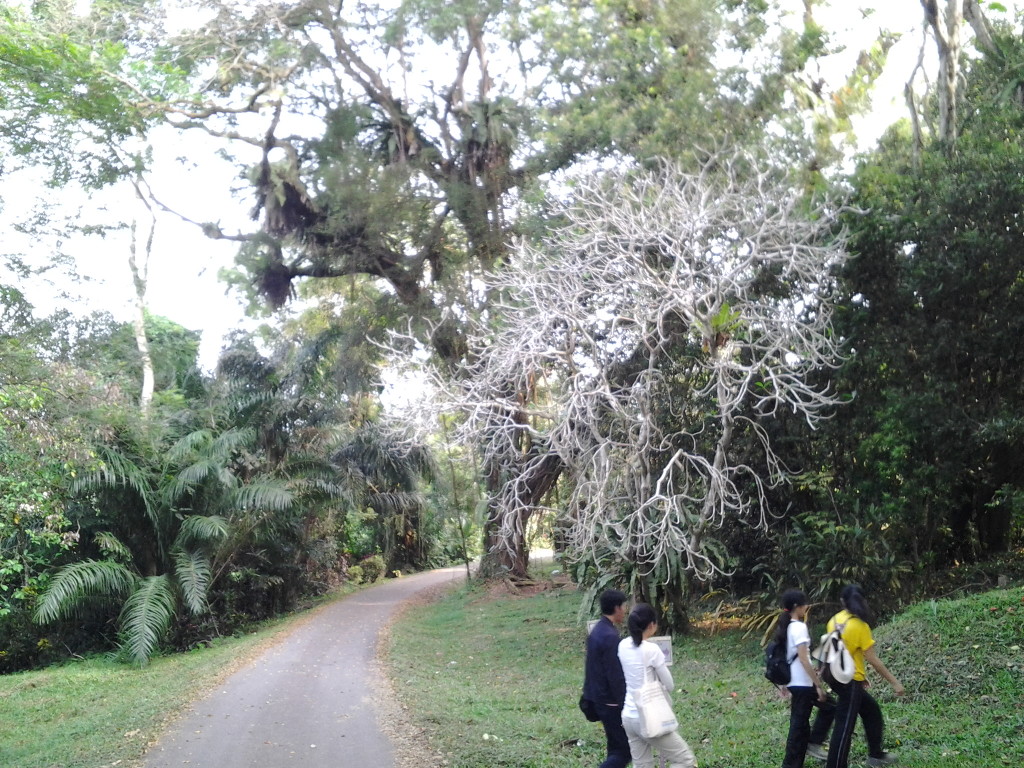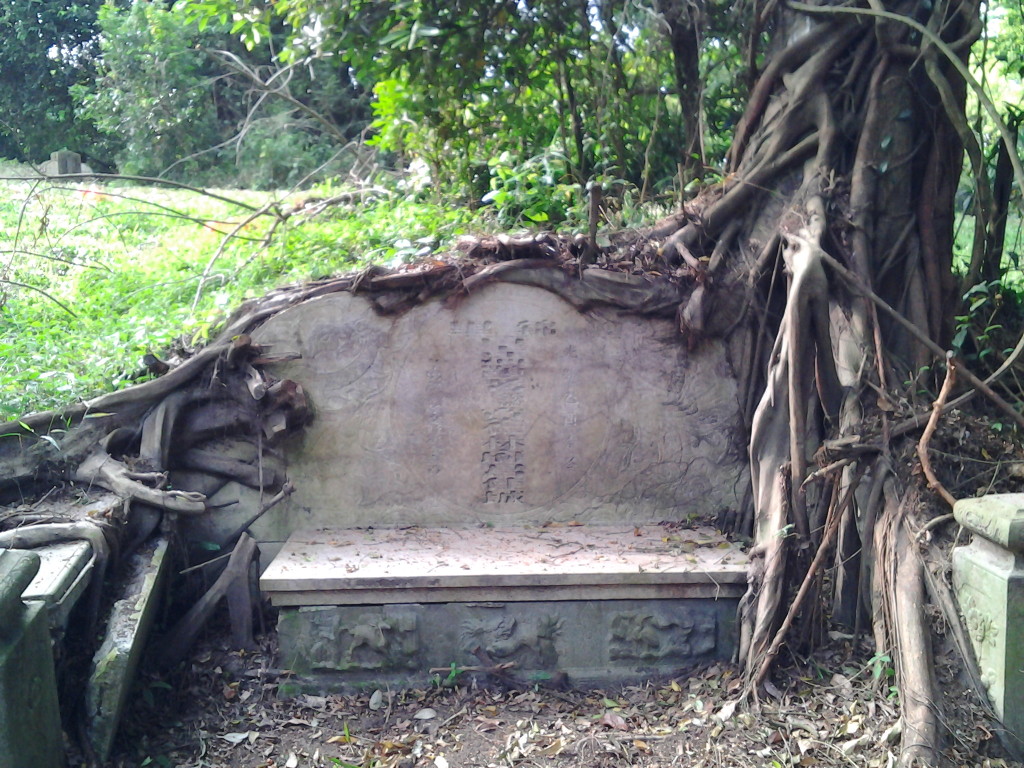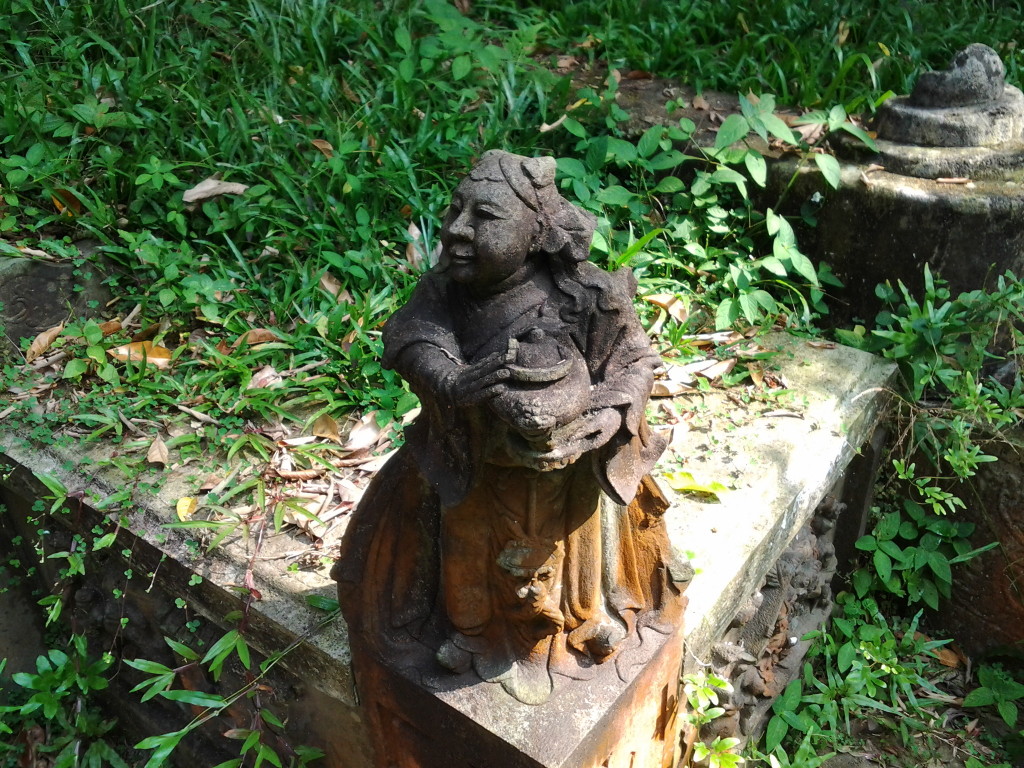Inspired by Bukit Brown
0
by Sudhir Thomas Vadaketh
My wife and I went on a lovely tour of Bukit Brown, conducted by Fabian, lawyer-cum-history buff and very proud “Brownie”, on the morning of Saturday, January 25th 2014.
Before then, the last time I had visited Bukit Brown was in Junior College, when classmates and I would go there for a spooky tipple, more focused on whisky than history.
Only now do I realise how much I have missed. On that Saturday, I learned so much about Singapore’s past. Love the crazy characters: polygamists, guerillas, tycoons, benefactors, sometimes one and the same.
Although I have read much about the Bukit Brown controversy over the years, it is only after visiting that I have a deep appreciation for what we—as a country, society and culture—are about to lose.
Many of us decry Singapore’s rush to development, and GDP-maximising policies. When we speak about, say, high population growth or unnecessary destruction and rebuilding, it can sometimes get a bit abstract, the story lost in numbers and details. A visit to Bukit Brown illustrated the problem to me in a very visceral sense, in a way a thousand articles can never do.
It seems almost perverse that Singaporeans, myself included, will travel abroad and marvel at historical ruins and temples in places such as China and India, yet can stand by and allow a place of such historical import to be ripped from our soul. Our collective Singaporean identity is suffering, slowly, with each grave exhumed. I feel ashamed.
As a writer, I also drew a lot of inspiration from my visit. First, in terms of history, I learned a lot about Singapore’s connections to China and India. I am currently working on a book about the two countries, and Bukit Brown threw up some fresh ideas for stories. For instance, I started to think more about the role of Singapore-based revolutionaries, aside from Sun Yat-Sen, who is oft spoken about, in China’s 1911 revolution.
Meanwhile, it also occurred to me that there are many more interesting intersections of Chinese and Indian culture in Singapore, for instance the Sikh guards who protect the Chinese tycoon’s grave (see picture).
![Naked angel on the right, a scene from Romance of the Three Kingdoms in the middle. And on the left, guarding this Chinese tycoon's grave, is an Indian Sikh. #onlyinMalaya]](http://bukitbrown.com/main/wp-content/uploads/2014/02/Naked-angel-on-the-right-a-scene-from-Romance-of-the-Three-Kingdoms-in-the-middle.-And-on-the-left-guarding-this-Chinese-tycoons-grave-is-an-Indian-Sikh.-onlyinMalaya-1024x768.jpg)
“Naked Angel” on the right, a scene from Romance of the Three Kingdoms in the middle. And on the left, guarding this tycoon’s grave is an Indian Sikh (photo Sudhir Thomas Vadaketh)
Second, in a broader sense, I was also inspired by the greenery, architectural beauty, and solitude that Bukit Brown offers. Artists in Singapore often bemoan the city’s dry, insipid environment. A walk through Bukit Brown left me rejuvenated, in a way that the artificial icons like Marina Bay Sands and Gardens by the Bay will never do.
Exhumations are slated to be completed by the end of this year. For those of you who have yet to visit, please do. Especially those with children. Do take them—who knows what will be left of Singapore when they’re older?
(For more on my book about China and India, tentatively titled From Kerala to Shaolin, please see here.)
About Sudhir Thomas Vadaketh:
After seven years at The Economist Group, in early 2013 Sudhir left the professional world to write full-time. His literary interests concern the way grand socio-political systems influence ordinary people’s lives, their worldviews and their interactions with each other. He hopes to follow his first book, Floating on a Malayan Breeze, with narratives on Asia’s other great societies—he is currently working on a book about China and India. He has written for a variety of publications, including The Economist, The Straits Times and Yahoo! News.
Sudhir blogs at sudhirtv.com




Comments